Description
In many ways, the Kachina rites are the most important ceremonial observances in the Hopi religious calendar. Within Hopi religion, the kachinas are said to live on the San Francisco Peaks near Flagstaff, Arizona. To the Hopis, kachinas are supernatural beings who visit the villages to help the Hopis with everyday activities and act as a link between gods and mortals.
The katsinam are “the spirits of all things in the universe, of rocks, stars, animals, plants, and ancestors who have lived good lives.” These spirits are then impersonated by male dancers wearing costumes and masks for ceremonies during the first half of the year.
The first ceremony is the Powamu occurs in February and is associated with bean planting, the growing season, and coming of age. The last katsina ceremony, Niman, occurs in July and is associated with the harvest, after which the katsinam return to their home in the San Francisco Peaks.
Hopi kachina dolls, tihü, are ceremonial objects with religious meaning. Hopi carvers alter these, removing their religious meaning, to meet the demand for decorative commercial objects sought by non-Hopi.
The kachina concept has three different aspects: the supernatural being, the kachina dancers, and kachina dolls (small dolls carved in the likeness of the kachina, that are given only to those who are, or will be responsible for the respectful care and well-being of the doll, such as a mother, wife, or sister).
There are well over 200 types of kachina figures; however, almost no one can identify every single one, as each carver has a different idea as to the appearance and function of each Kachina. There are several popular ones with tourists and Hopi, however. Some of the more popular dolls are the Tasapkachina (Navajo Kachina), Angakchina (Long hair), Hote, Eagle Dancer, and animal dolls such as Bear, Bird, and Mouse.
Many Pueblo Indians, particularly the Hopi and Zuni, have ceremonies in which masked men, called kachinas, play an important role. Masked members of the tribe dress up as kachinas for religious ceremonies that take place many times throughout the year. These ceremonies are social occasions for the village, where friends and relatives are able to come from neighboring towns to see the “dance” and partake in the feasts that are always prepared. When a Hopi man places a mask upon his head and wears the appropriate costume and body paint, he believes that he has lost his personal identity and has received the spirit of the kachina he is supposed to represent. Besides, the male kachinas are many female kachinas called Kachin-manas, but women never take the part of male and female kachinas.
Hopi katsina figures, also known as kachina dolls, are figures carved, typically from cottonwood root, by the Hopi people to teach and instruct their people about katsinas or katsinam, the immortal beings or spirits that bring rain and fertility to crops, cure diseases, punish transgressions and control other aspects of the natural world and society, acting as messengers between humans and the spirit world.
The Hopi were the original Katsina Doll carvers, using a single piece of cottonwood root. The Navajo have often borrowed from many tribes and began carving their own style of kachina dolls, adding leather, feather, beads, and turquoise. These kachina dolls can be made from other sources of wood and are not intensely carved from one piece of wood such as the Hopi method. They can be several pieces of wood glued or pinned together. Therefore, they can be made much more quickly and are usually less expensive than an original Hopi Katsina.
The Hopi tribes are the original Katsina carvers, but the Navajo Kachina creativity and use of leather, feather, beads, and turquoise make for some beautiful art pieces as well and have a following of their own. Navajo Kachina dolls may not have the same tribal significance as the original Hopi Kachina dolls.
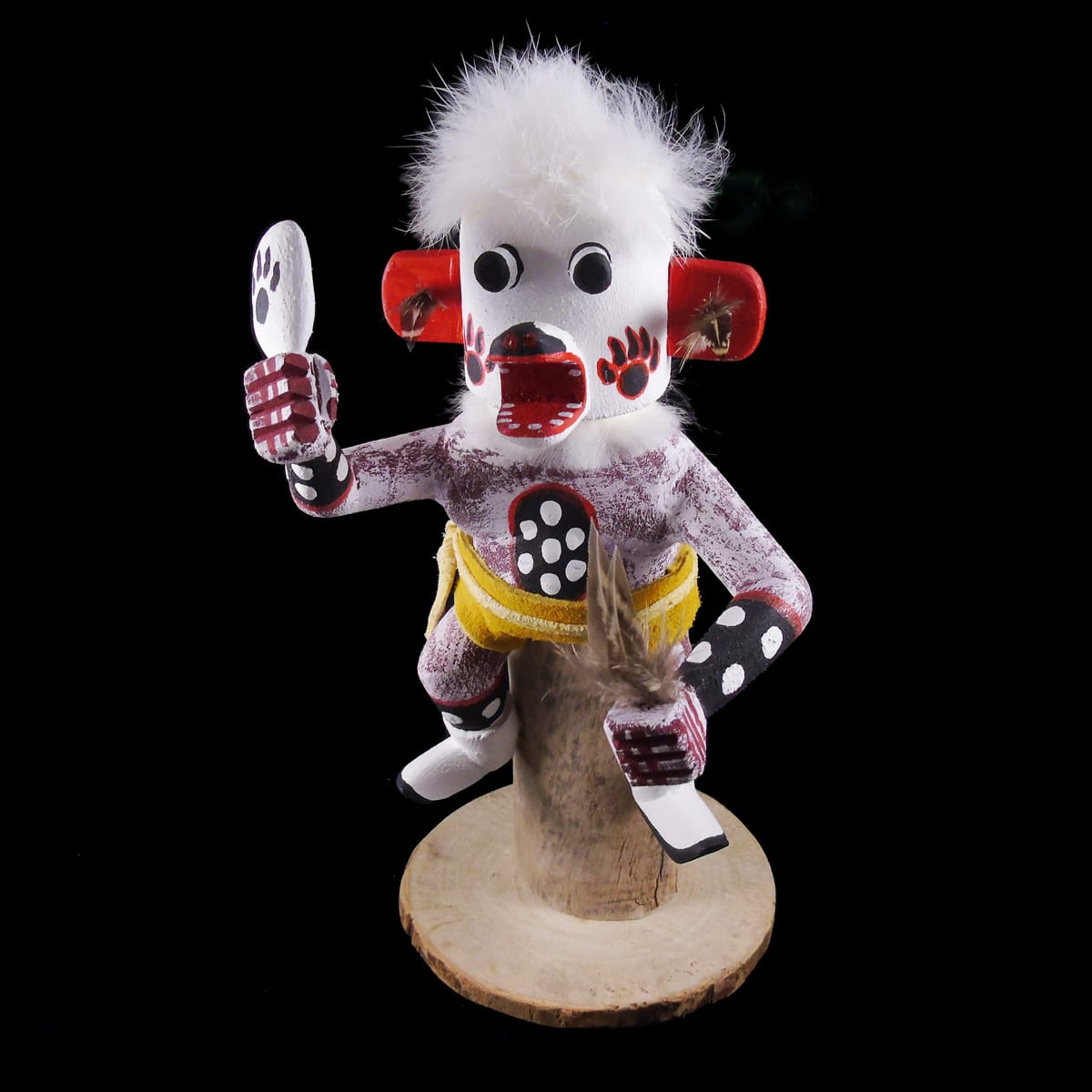
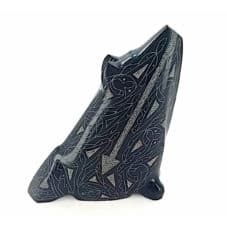
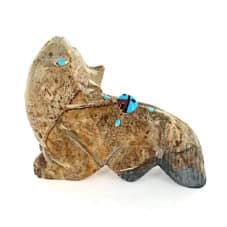
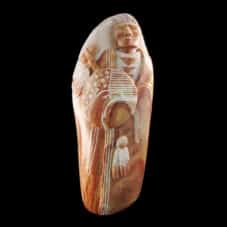
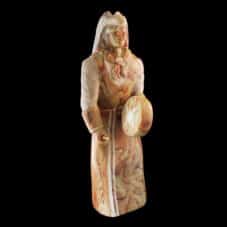
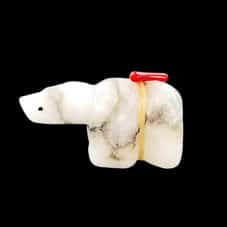
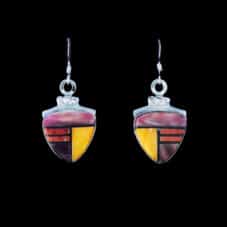
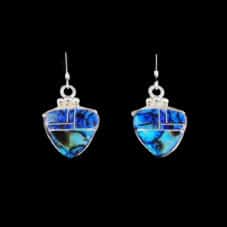





Reviews
There are no reviews yet.